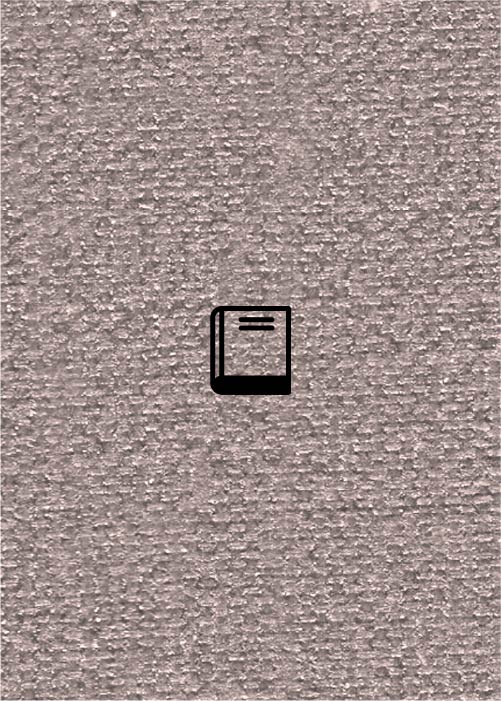Soloist: Qes Rahamim
Yǝtbārek… wanevāvo
This prayer can be heard around noon or in the afternoon during the service for Āstaseryo (Aescoly 1951). It opens with prescriptive formulations that have been described previously. Some of the phrases are from Exodus and others from Leviticus. The passages that specifically relate to Yom Kippur are then listed (Leviticus 16:29-31 and 23:26-32). The prayer goes on to stipulate that Sabbath should be observed. It then focuses on the description of and praise for Jerusalem, the city of Abraham and Isaac, that has to be acclaimed by those who pray with their prayers and songs. The people of Israel are bound to Jerusalem through different obligations. The prayer evokes the letters dalet and zayin which have performative power. Justice and light shall arise from Jerusalem.
The prayer contains two sections, the first of which, very brief and unmeasured, is antiphonal. It leads to a dance song in the hemiola pattern, marked by the stamping of the Qessoch’s feet and the sporadic emission of rhythmic guttural sounds. In this piece, unlike the preceding ones, several Qessoch take turns in the role of soloist; as this is not predetermined, it sometimes happens that two or more of them start singing the solo simultaneously. The periodicity of the chant is variable; it can have 16, 18, 22, or even 24 beats per hemiola. This is mostly due to the overlapping of certain solos with the end of the choir section.





